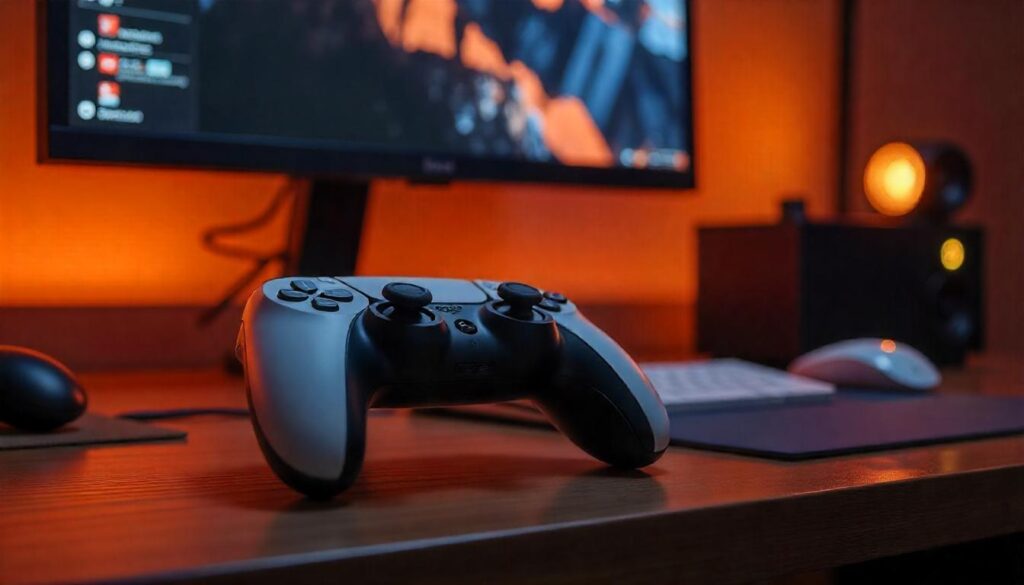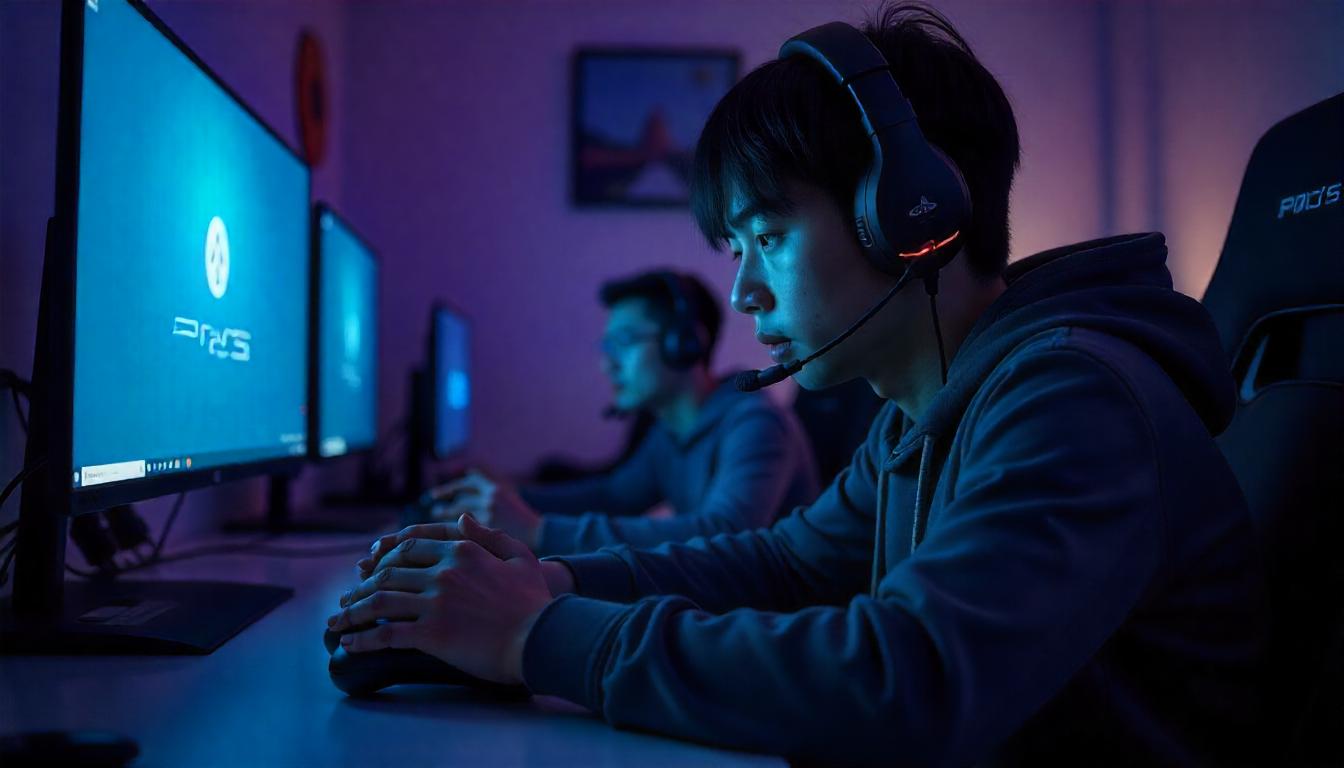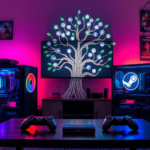The PlayStation 5 is a powerhouse for gaming, but when it comes to competitive play, raw hardware specs alone aren’t enough to guarantee victory. In high-stakes matches, every frame, millisecond of input delay, and audio cue can mean the difference between a clutch win and a frustrating defeat.
Whether you’re grinding ranked modes in Apex Legends, battling in Rocket League, or outplaying opponents in Rainbow Six Siege, optimizing your PS5’s performance can give you a crucial edge over the competition.
Competitive gaming isn’t just about reflexes and strategy it’s also about minimizing disadvantages. Console players often face hurdles like input lag, visual distractions, and inconsistent network performance, all of which can hold back even the most skilled gamers.
Fortunately, the PS5 offers a range of settings and optimizations that can enhance responsiveness, improve clarity, and reduce latency. From display tweaks to network adjustments, this guide covers the best ways to fine-tune your setup for peak competitive performance.
Display and Performance Settings
The foundation of competitive gaming lies in visual clarity and responsiveness. Start by enabling Performance Mode in your PS5 settings. This prioritizes frame rate over resolution, ensuring smoother gameplay, especially in titles that support 120Hz refresh rates. If your monitor or TV supports HDMI 2.1, activate 120Hz output in Screen and Video settings for reduced input lag.

Additionally, disable motion blur and film grain in-game whenever possible. These effects can obscure visibility, making it harder to track fast-moving targets. Adjust your Field of View (FOV) if the game allows it a wider FOV improves peripheral awareness, crucial for spotting enemies before they see you.
Network Optimization for Low Latency
A stable and fast internet connection is non-negotiable in competitive gaming. Use a wired Ethernet connection instead of Wi-Fi to minimize ping spikes and packet loss. If Wi-Fi is your only option, ensure you’re on a 5GHz band with minimal interference.
In your PS5 network settings, manually set up your connection with a DNS server like Google’s (8.8.8.8 / 8.8.4.4) or Cloudflare’s (1.1.1.1) for faster domain resolution. Enable Quality of Service (QoS) on your router to prioritize gaming traffic, reducing latency during intense matches.
Controller Customization for Precision
The DualSense controller offers several customization options to enhance responsiveness. Lower the dead zone settings in games that allow it to eliminate input delay. Adjust trigger sensitivity in Accessories > Controller > Trigger Effect Intensity set it to Off or Weak for quicker button presses in shooters.
For even better control, consider using a pro controller with programmable paddles or a mouse and keyboard if the game supports it. Some competitive players also disable vibrations to eliminate distractions during crucial moments.
Audio Tweaks for Competitive Advantage
Sound cues can make or break a match. Use a high-quality gaming headset with surround sound to detect enemy footsteps and gunfire accurately. In the PS5 audio settings, enable 3D Audio for a more immersive and directional sound experience.
In-game, prioritize headphone audio presets and disable unnecessary background music to focus on critical sound effects. Some games offer dynamic range settings—opt for Competitive or Footstep Focus modes to enhance enemy audio.
System-Level Optimizations
Keeping your PS5 running smoothly ensures consistent performance. Regularly clear the cache by powering off the console completely instead of using Rest Mode. Close background applications to free up system resources.
If storage is an issue, consider upgrading to an NVMe SSD compatible with the PS5. Faster load times mean quicker respawns and map loading in competitive matches. Also, keep your system and games updated to benefit from performance patches and bug fixes.
Also Read: The Ultimate Guide to L-Shaped Gaming Desks: Elevate Your Gaming Setup
Final Thoughts
Optimizing your PS5 for competitive gaming involves fine-tuning both hardware and software settings to eliminate bottlenecks. By prioritizing performance, reducing input lag, and maximizing audio-visual clarity, you can create an environment where your skills shine.
Every millisecond counts in high-stakes matches, so take the time to experiment with these optimizations and find what works best for your playstyle. With the right setup, you’ll be better equipped to climb ranks and dominate the competition.





